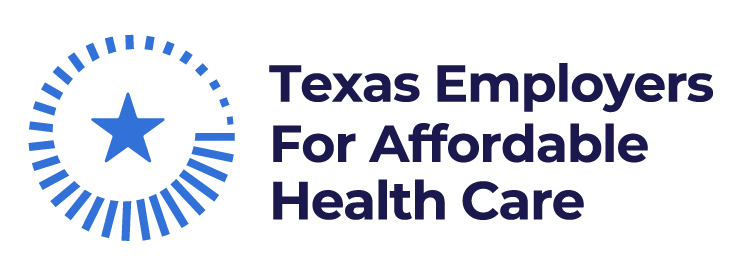The following is a summation of remarks delivered by TXEAHC board member Charles Miller to the Hotel Association of Tarrant County about the harms of — and remedies for — skyrocketing employer health expenses.

The price of employer-sponsored health care for a family is $24,000 per year— nearly 1/3 of the median household income in Texas. This erodes employees’ quality of life, eating into wages and bonuses.
And the largest portion of employer health expenses comes from hospitals, whose prices have increased dramatically, and well above inflation, over the last several decades. Over the past two decades, hospital prices have skyrocketed over 240%.

The reason for these high prices? Market consolidation and concentration.

Hospital payer data conclusively shows that hospital prices are not the result of so-called “cost-shifting,” where employers have to pay more because hospitals are losing money on uninsured and Medicare/Medicaid patients. Employer prices are dramatically above what hospitals need to make a profit, even taking into account government payers and the uninsured.

Nor does consolidation improve the quality of care.

Thankfully, Texas lawmakers have begun to address this problem with a series of policy reforms that include:
- The prohibition of “gag clauses” in health care contracts so employers can access their health claims data.
- Price transparency rules so employers can benchmark their data to publicly posted prices and identify possible savings.
- House Bill 711 that empowers employers to utilize strategies like tiered networks and steering to encourage their employees to seek care at lower-priced hospitals.

